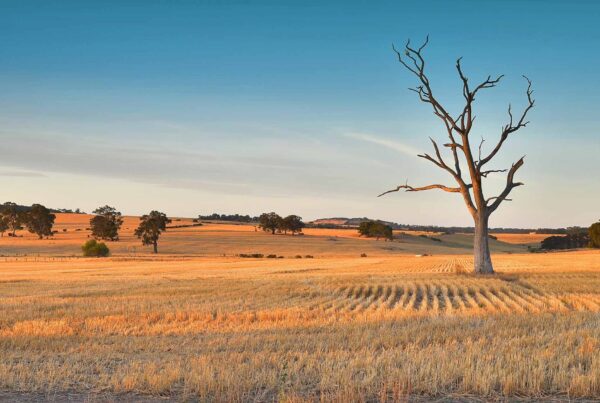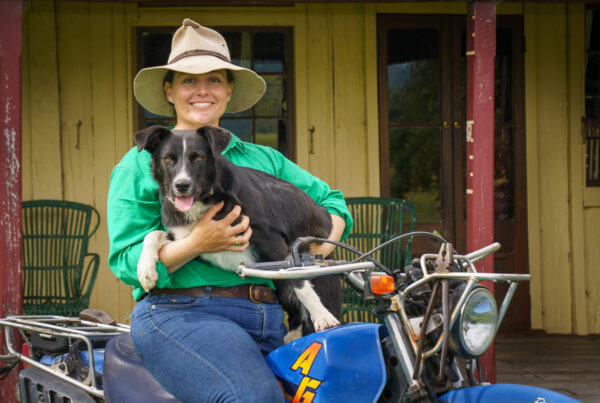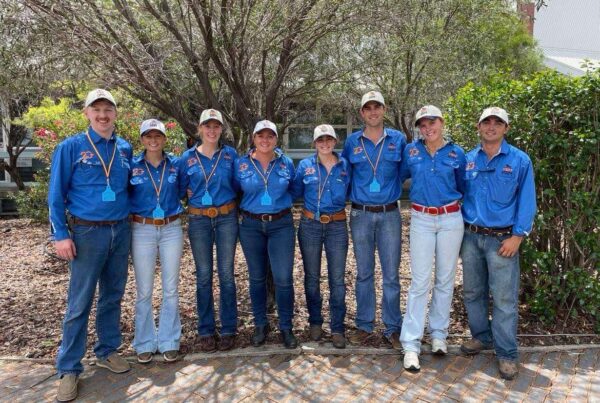2019 has seen FFN partner with Charles Sturt University to provide FFN members with access to a series of the University’s studies directly relevant to young farmers. This fourth study looks at grazing dual purpose crops. Please contact CSU or FFN should you wish to find out more.
Take home messages:
- Grazing dual-purpose crops with cattle can lead to high liveweight gains during winter
- Cattle grazing dual-purpose wheat should be supplemented with minerals including calcium, sodium and magnesium
- Best practice grazing management required for cattle grazing dual-purpose canola to reduce the risk of negative animal health outcomes.
 Dual-purpose crops such as wheat and canola have become an important part of the mixed farmers operation.
Dual-purpose crops such as wheat and canola have become an important part of the mixed farmers operation.
These crops are most commonly available for grazing during June and July, when there are often large numbers of yearling cattle in southern Australia that are being hand fed over the winter achieving very little liveweight gain.
Research led by Dr Jeff McCormick at the Graham Centre for Agricultural Innovation and Charles Sturt School of Agricultural and Wine Sciences has found the availability of large amounts of high quality forage through dual-purpose wheat and canola crops could fill a common feed deficit in the southern beef operation.
A study carried out by Charles Sturt University Agricultural Science Honours student Mr John Paulet in 2018 showed that after an adaptation period, cattle growth rate could exceed 2kg/day when grazing canola, and it should be grazed for at least a month to achieve the most benefit.
Traditional grazing management of forage crops is to introduce cattle gradually to the crop to allow their rumen time to adjust and avoid animal health issues.
Commonly Australian farmers are reluctant to do this as it is perceived to take up too much time.
The study found that there were no animal health differences between those cattle introduced immediately to the crop, and those were gradually introduced, with all groups having hay available in the paddock at all times.
And in fact those with the slowest introduction took longer to adjust than those with the shorter introduction, as they were getting a bulk of their feed from the silage available to them when they were removed from the Canola.
Wheat crops contain a level of sodium and magnesium lower then generally required by livestock.
The study showed that supplementing these minerals in a loose-lick increased the average daily gain of steers by 25 per cent – when feed quality was high early in the season.
Those gains were not seen when loose-lick was supplemented to steers grazing the wheat crop later in the year, presumably because of the lower Crude Protein level of the crop.
To minimise the risk of cattle health problems grazing dual-purpose canola it is suggested to:
- Reduce pre-sowing sulphur fertilisers for grazing crops.
- Ensure cattle are well fed. Hungry cattle are more prone to health issues.
- Introducing cattle to the crop mid-late morning during the adaptation period will reduce risks of cattle gorging themselves.
- Although this trial did not demonstrate any negative health problems adapting the animals over a period of time will minimise any negative outcomes.
- The research found very low nitrate levels in the canola leaf, so ensuring that there are high forage levels available will allow animals to select the leaf and reduce the risk of nitrate toxicity.
- Provide hay in the paddock to allow cattle to select different forage. This will enable cattle to substitute hay for canola in the diet and increase dietary fibre levels.
- During the adjustment period the cattle need to eat the crop. If they are grazing fence lines or any other non-crop areas it is unlikely the animals have been adjusted.



